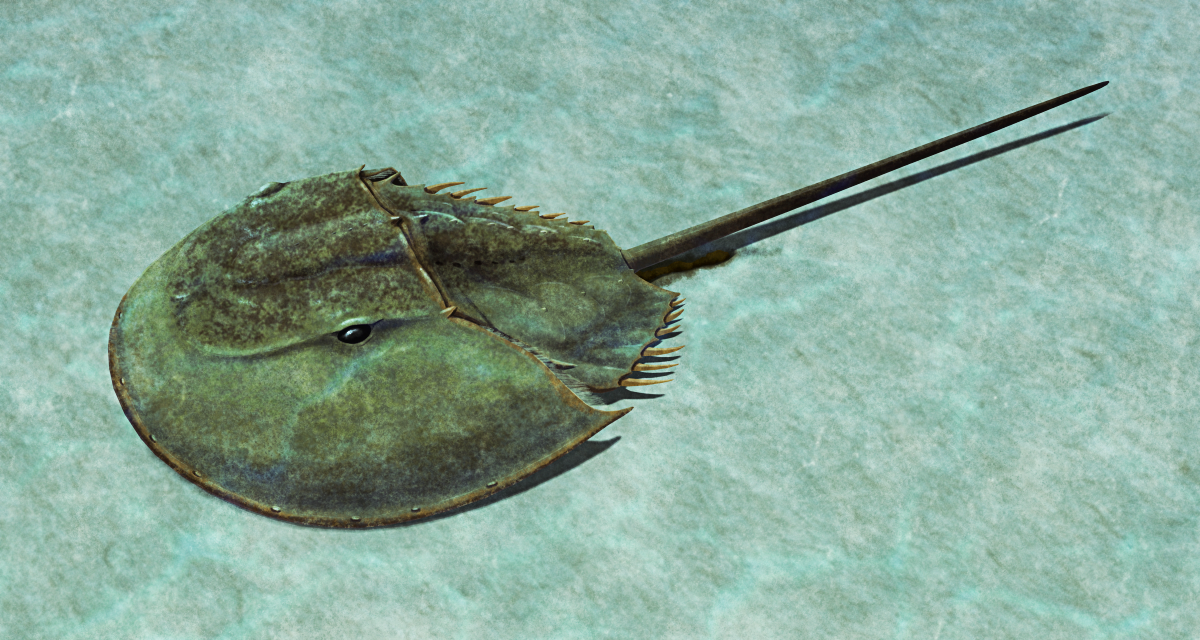Tachypleus syriacus was a horseshoe crab from the late Cretaceous (~100-95 million years ago) of what is now Lebanon.
Closely related to modern tri-spine horseshoe crabs, it displayed a similar level of sexual dimorphism. Females grew to at least 25cm long (~10″), with rounded front edges to their carapaces and shorter rear spines, while males were around 30% smaller with a scalloped shape to the front of their carapaces.
One recently described female specimen also preserves distinctive nodules around the rim of its carapace, which may represent some sort of sensory structure.
This particular specimen is also unique for preserving a coprolite in the process of being expelled from the horseshoe crab’s body – that’s right, it died while pooping.
Continue reading “Tachypleus syriacus”
